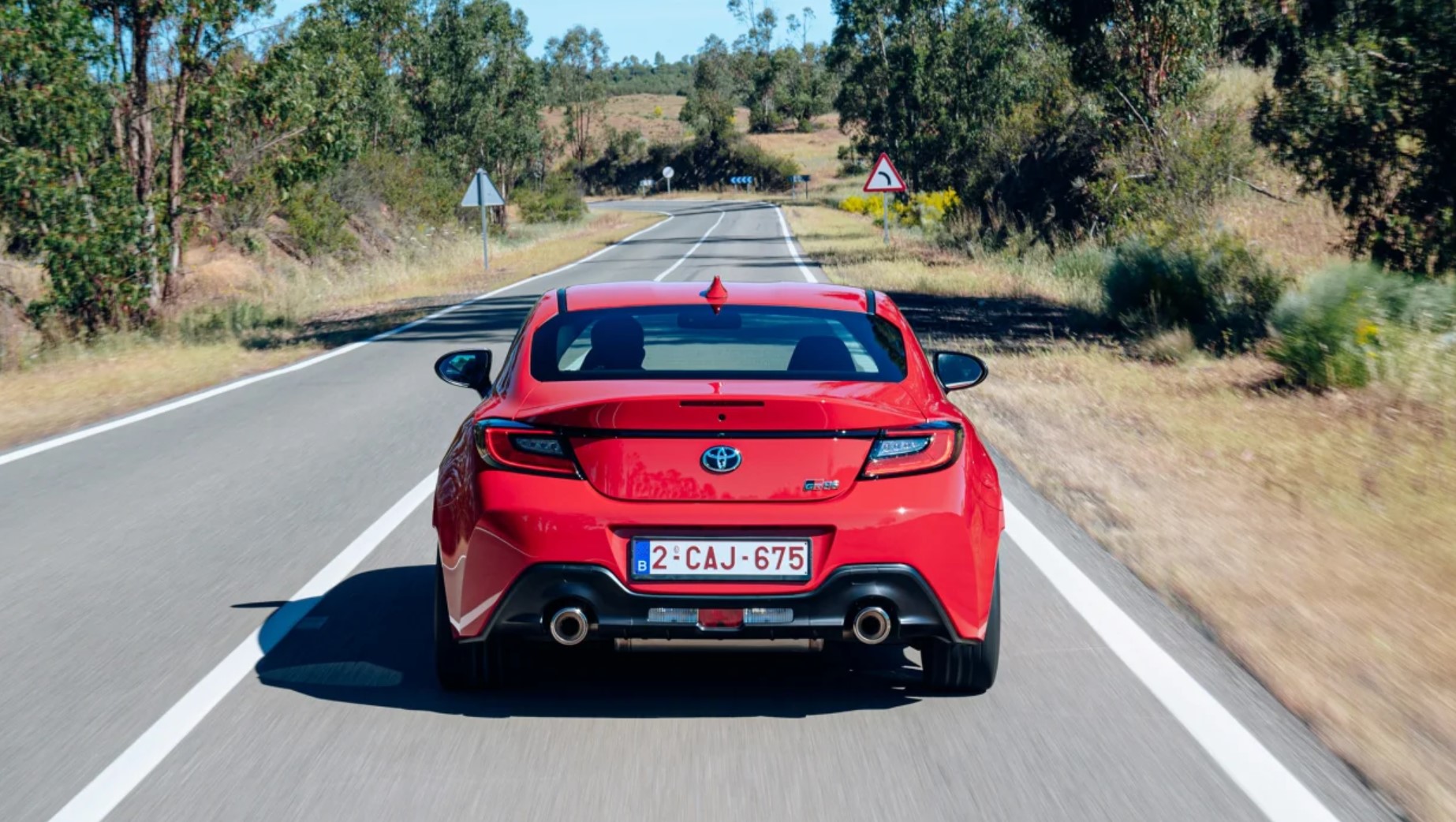We explain what Euro emissions standards are and what the ratings mean.
The first European standard for exhaust emissions was introduced in 1992. Since then, a further five sets of standards have followed with the ongoing aim of improving air quality across the European Union (EU). In Australia, the current minimum standard for new light vehicles in Australia is ADR 79/04, which is based on the Euro 5 standards.
Here we look at all of the the Euro emissions standards, from Euro 1 to Euro 6, and explain the limits they impose on various harmful emissions.
Why were the Euro emissions standards introduced?
The first European legislation on exhaust emissions was introduced in 1970, but the first European-wide standard, called Euro 1, didn’t arrive until 1992. It applies to all new cars given EU type approval from July 1992.
This legislation coincided with the compulsory introduction of catalytic converters for petrol-engined cars to reduce their carbon monoxide (CO) emissions. It set limits for the tail-pipe emissions from cars and light commercial vehicles (LCVs) – such as vans and pick-up trucks – with respect to four main emissions:
Carbon monoxide (CO)
Hydrocarbons (HC)
Nitrogen oxides (NOx)
Particulate matter (PM)
Euro 1 (EC93)
Applies from 1 January 1993
Benefits: The Euro 1 standard heralded the introduction of catalytic converters and unleaded petrol for all cars.
Euro 1 emissions limits (petrol) CO: 2.72g/km HC + NOx: 0.97g/km
Euro 1 emissions limits (diesel) CO: 2.72g/km HC + NOx: 0.97g/km PM: 0.14g/km
Euro 2 (EC96)
Applies from 1 January 1997
Benefits: Euro 2 standards introduced different emissions limits for petrol and diesel engines and reduced the acceptable levels of all four major emissions across the board.
Euro 2 emissions limits (petrol) CO: 2. 20g/km HC + NOx: 0.50g/km
Euro 2 emissions limits (diesel) CO: 1.00g/km HC + NOx: 0.70g/km PM: 0.08g/km
Euro 3 (EC2000)
Applies from 1 January 2001
Benefits: Introduced separate limits for hydrocarbons and nitrogen oxide emissions for petrol engines, and a separate nitrogen oxide limit for diesel engines.
Euro 3 emissions limits (petrol) CO: 2.30g/km HC: 0.20g/km NOx: 0.15g/km
Euro 3 emissions limits (diesel) CO: 0.64g/km HC: 0.56g/km NOx: 0.50g/km PM: 0.05g/km
Euro 4 (EC2005)
Applies from 1 January 2006
Benefits: Significant reduction in the permissible limits for particulates and nitrogen oxides in diesel engines. Some new diesel-engined cars gained diesel particulate filters (DPFs) that trap 99 per cent of particulates.
Euro 4 emissions limits (petrol) CO: 1.00g/km HC: 0.10g/km NOx: 0.08g/km
Euro 4 emissions limits (diesel) CO: 0.50g/km HC + NOx: 0.30g/km NOx: 0.25g/km PM: 0.025g/km
Euro 5
Applies from 1 January 2011
Benefits: Heralded the introduction of diesel particulate filters (DPFs) for all diesel cars. A particulates limit was also introduced for direct-injection petrol engines.
An additional limit on the number of particles emitted by diesel engines was also introduced for cars from 1 January 2013.
Euro 5 emissions limits (petrol) CO: 1.00g/km HC: 0.10g/km NOx: 0.06g/km PM: 0.005g/km
Euro 5 emissions limits (diesel) CO: 0.50g/km HC + NOx: 0.23g/km NOx: 0.18g/km PM: 0.005g/km PM: 6.0×10 ^11/km
Euro 6
Applies from 1 September 2015
Benefits: A 67 per cent reduction in the permissible levels of nitrogen oxides in diesels and the introduction of a particle number limit for petrols.
Car makers are using two methods to meet these strict diesel limits. The first is selective catalytic reduction, which involves a liquid that converts nitrogen oxide into water and nitrogen being squirted into the car’s exhaust.
Alternatively, an exhaust gas recirculation system is fitted, which replaces some of the exhaust gas with intake air to reduce the amount of nitrogen that can be turned into NOx.
Euro 6 emissions limits (petrol) CO: 1.00g/km HC: 0.10g/km NOx: 0.06g/km PM: 0.005g/km PM: 6.0×10 ^11/km
Euro 6 emissions limits (diesel) CO: 0.50g/km HC + NOx: 0.17g/km NOx: 0.08g/km PM: 0.005g/km PM: 6.0×10 ^11/km
How effective have the Euro standards been?
According to figures from the Society of Motor Manufacturers & Traders (SMMT), the Euro emissions have had a significant influence in reducing emissions.
It states that since 1993, carbon monoxide levels have been cut by 82 per cent for diesel-engined cars and 63 per cent for petrols and particulate matter is down by 96 per cent. Since 2001, nitrogen oxide is down by 84 per cent and hydrocarbons are down by 50 per cent in petrol-engined cars.
Automotive Daily





